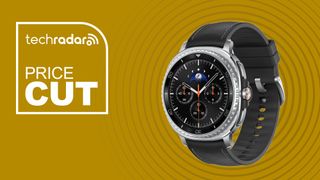Samsung
Latest about Samsung
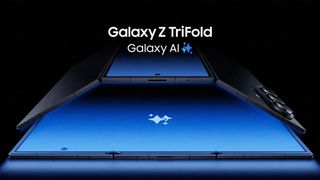
With the Samsung Galaxy Z Trifold on the way, Apple’s rumored iPhone Fold needs to hit shelves soon
By Jamie Richards published
Cupertino needs to step on it in 2026
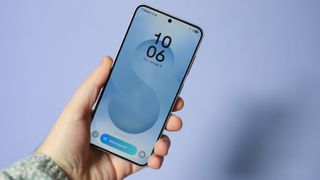
Design and chipset details for the Galaxy S26 series have leaked early
By David Nield published
We may now know more about what the Samsung Galaxy S26 phones look like, and how they'll be powered.

ICYMI: the 7 biggest tech stories of the week
By David Nield published
Our in-case-you-missed-it guide to some of the major tech headlines on the site over the last seven days.
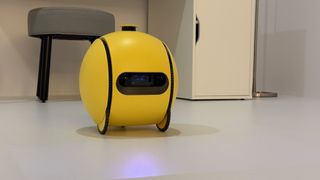
Samsung’s Ballie robot is delayed again – and now we know why
By Jacob Krol published
With Ballie now past its planned 2025 debut, Samsung tells TechRadar it is “continuing to refine and perfect the technology” before release.
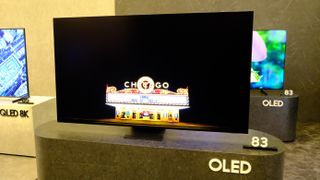
Samsung's next-gen OLED TVs leak, including a mysterious new elite model
By Carrie Marshall published
A Samsung leak seems to have revealed new models and sizes
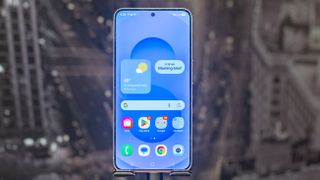
Your Samsung phone's ad nightmare could soon be over thanks to this One UI 8.5 upgrade
By James Rogerson published
Samsung Galaxy phones might soon be able to automatically block apps that pester you with adverts in your notifications.
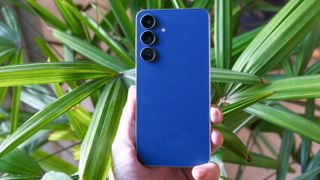
Samsung's Galaxy S25 FE is a solid phone, but I don't know why you'd buy it.
By Nirave Gondhia published
The Galaxy S25 FE is a solid phone that struggles to stand out as the Galaxy S25 Plus and other rivals offer a better experience.

TCL’s new Samsung The Frame rival looks like a better TV, but is still missing the two most important features of The Frame
By Carrie Marshall published
TCL's new A400 Pro is a Samsung The Frame Pro rival with a better mini-LED panel, but some significant differences may hold it back
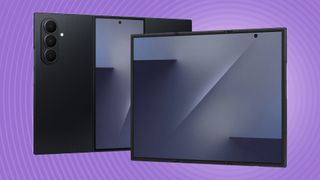
The Samsung Galaxy Z Trifold's folding mechanism looks odd, but it's the right call on a crucial design decision
By Jamie Richards published
The Samsung Galaxy Z Trifold is finally official, and while Samsung’s first multi-fold device might look a bit peculiar, I think it’s taken the right approach with an important design feature
Sign up for breaking news, reviews, opinion, top tech deals, and more.
